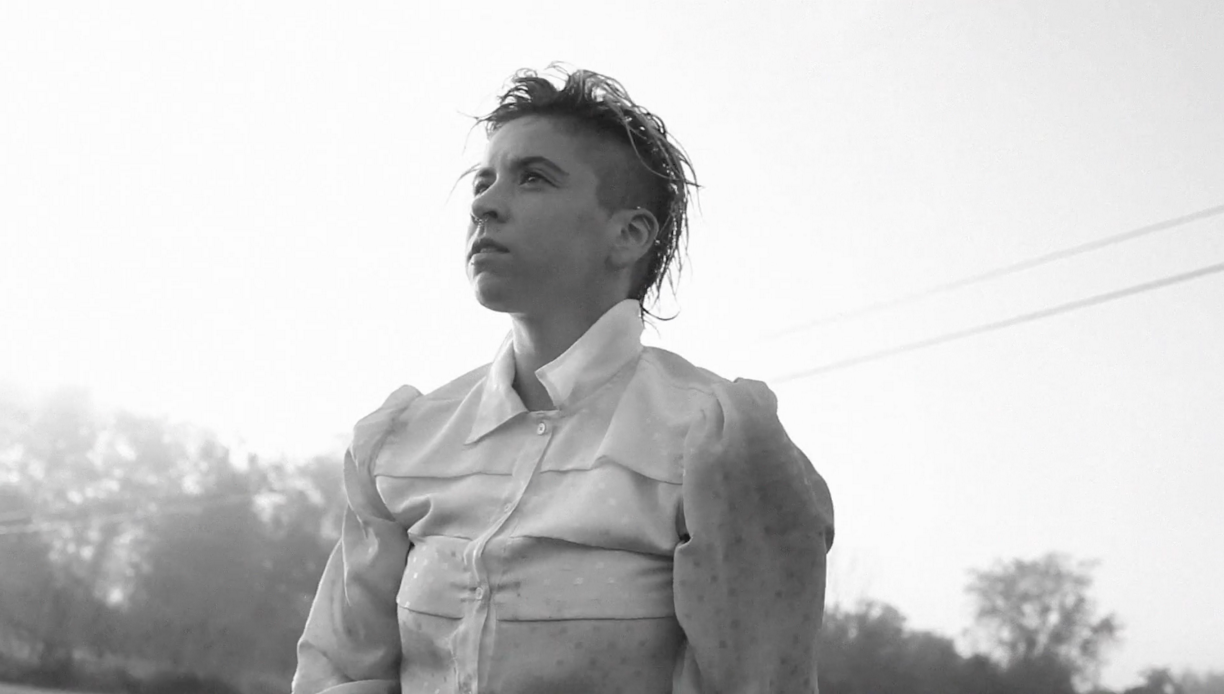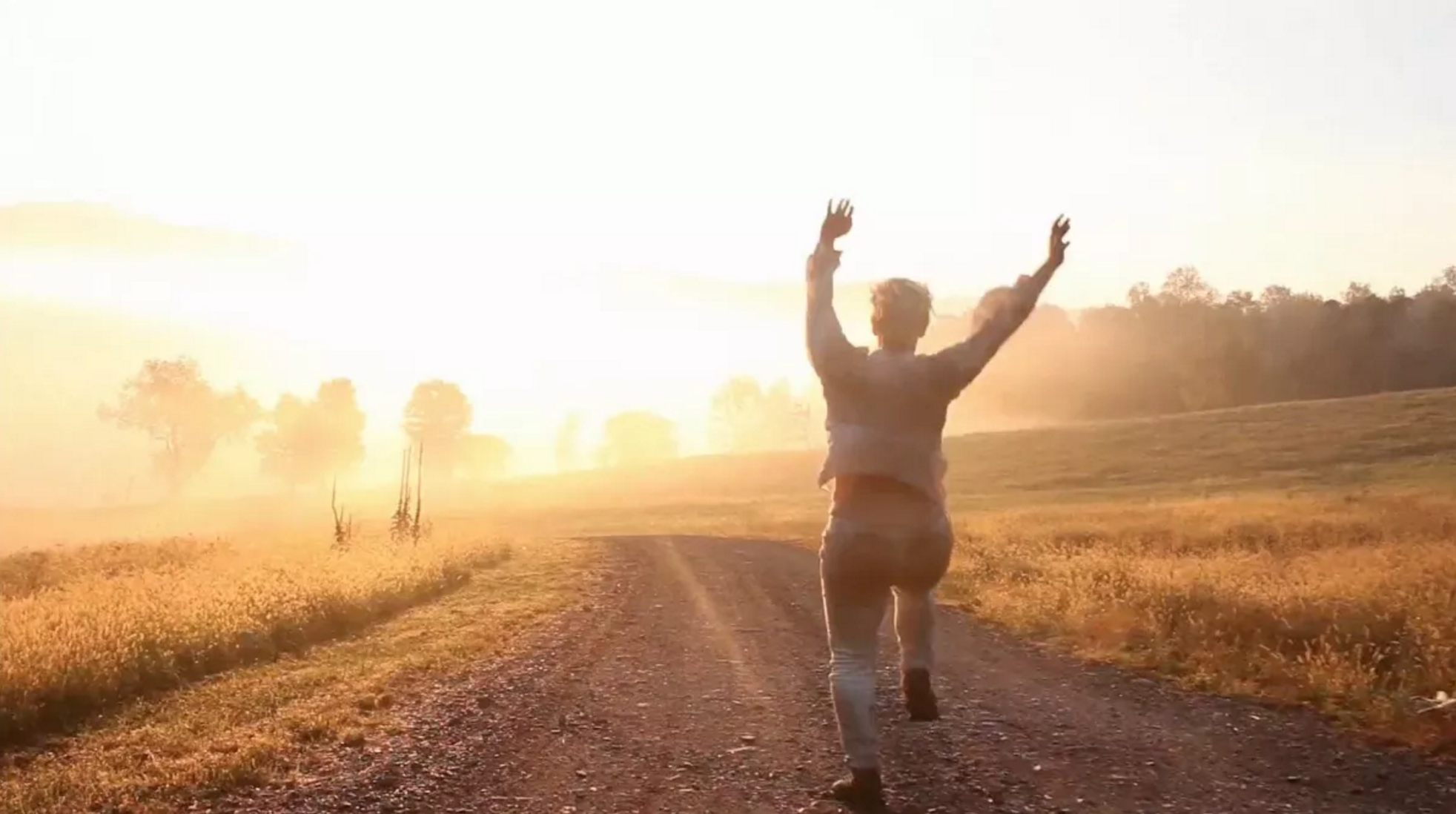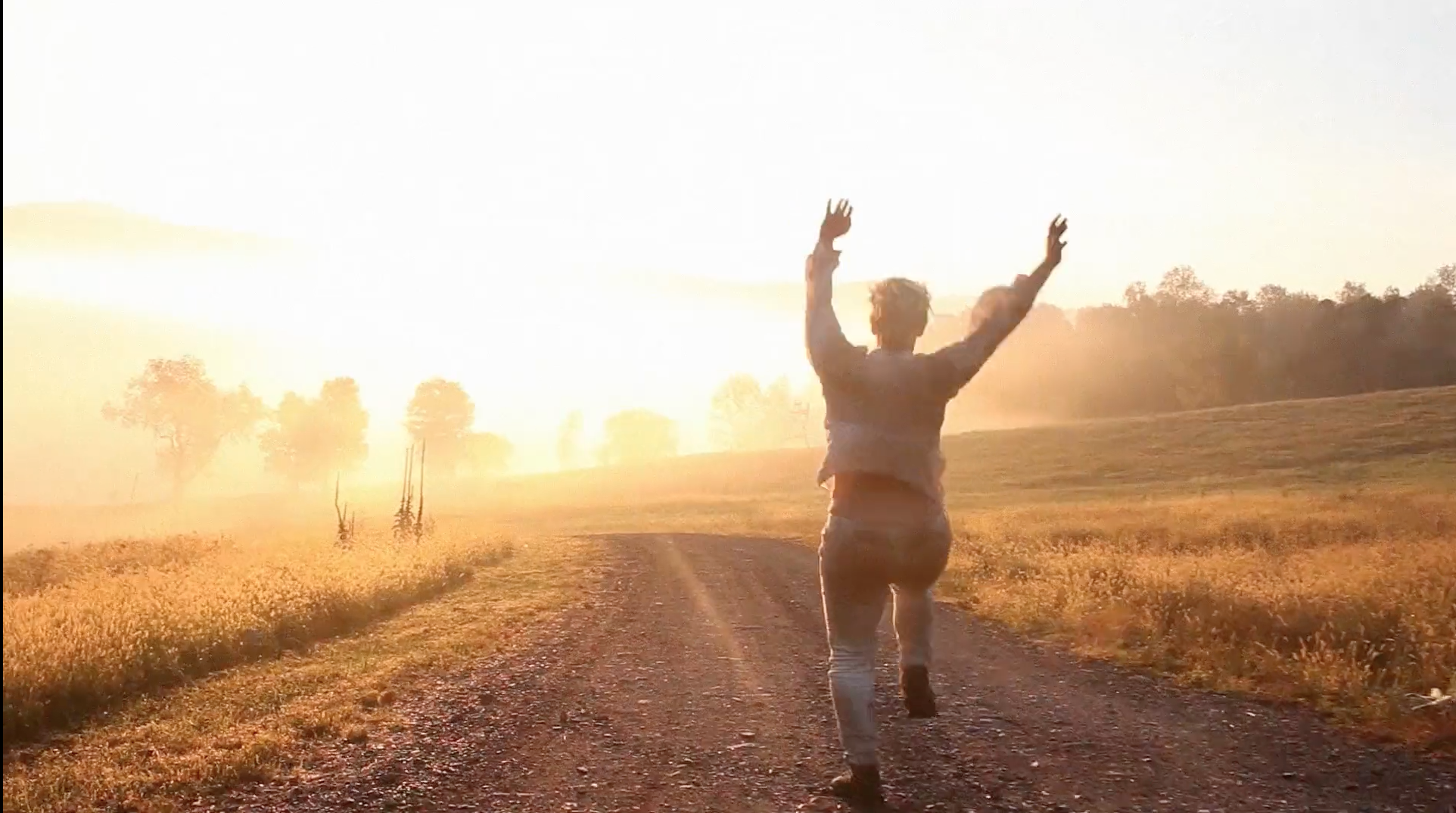In this duet for dancer and camera, director Lindsay Keys and performance artist Sophie Sotsky (together and separately) explore cyclical momentum and the idea of an internal “motor” that generates force, motion.
“…I tried to harness the feminine qualities that make me feel most ashamed (softness, weight, fatigue, failure) and turn them into physical power.”
MOTOR from Lindsay Keys on Vimeo.
During a week-long residency at Salem Art Works, Keys, Sotsky and collaborators Greta Hartenstein, WooJae Chung and Andrew Mixter worked collectively to develop the idea of “Camera As Body.” We asked ourselves, how can the camera dance, too? Can the camera tumble, fall, spin, jump, run… And can we create those sensations in the viewer as well? The hope is that our idea of “Camera As Body” creates a kind of kinesthetic sympathy in the viewer: that they will experience those sensations, too, as if they were actually moving.
Aesthetically, I was interested a genderqueer ethereality. Generally in dance, the qualities that pertain to flight (lightness, weightlessness) are used to signify femininity. I was interested in portraying a protagonist who was ethereal without being light, sylph-like or feminine. Instead, this ethereal figure uses weight and muscular power to fly.
A DUET // dancer and camera (together and separately) explore cyclical momentum propelled by internal motors.
For more information please visit tykedance.com.





